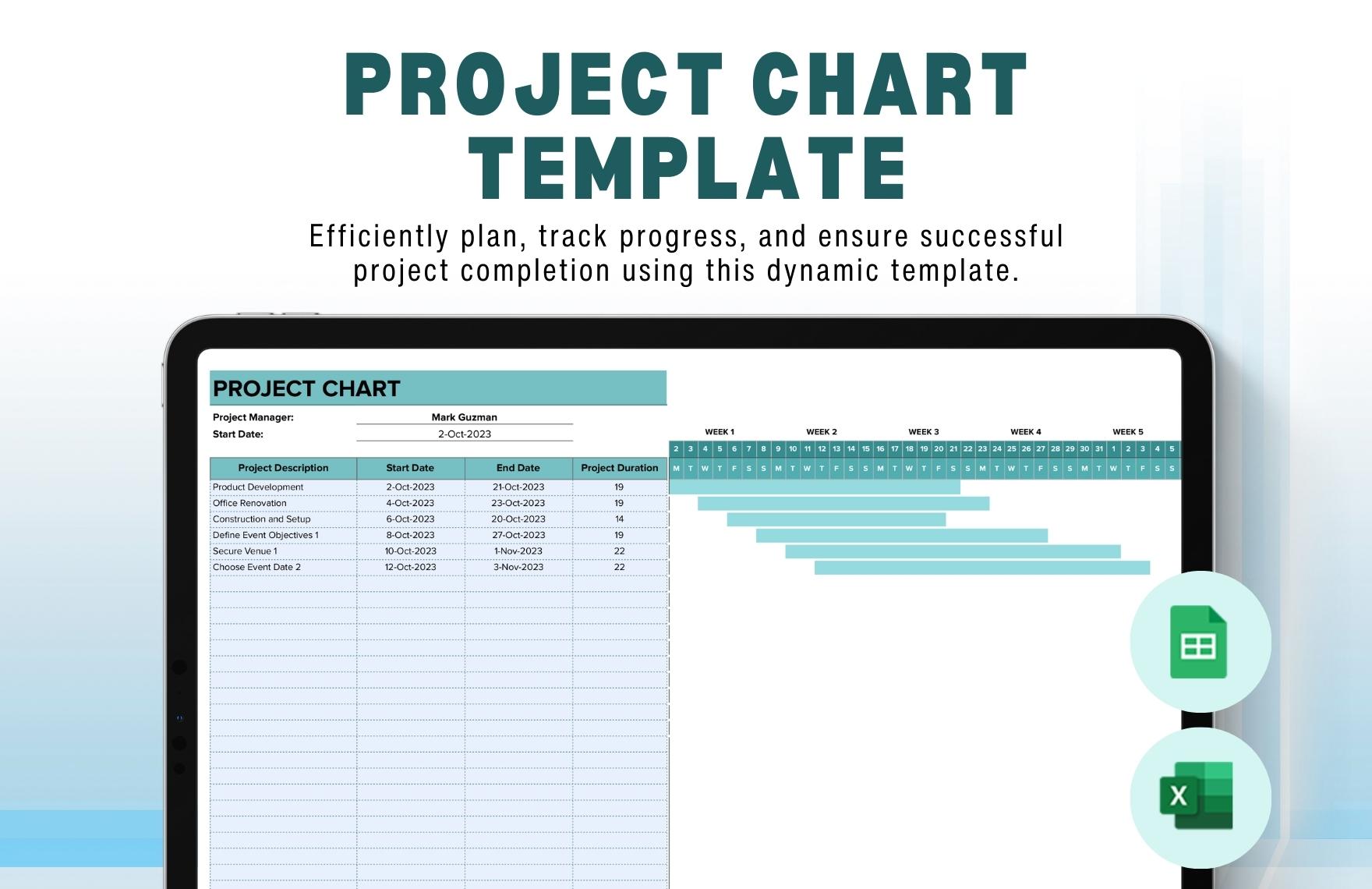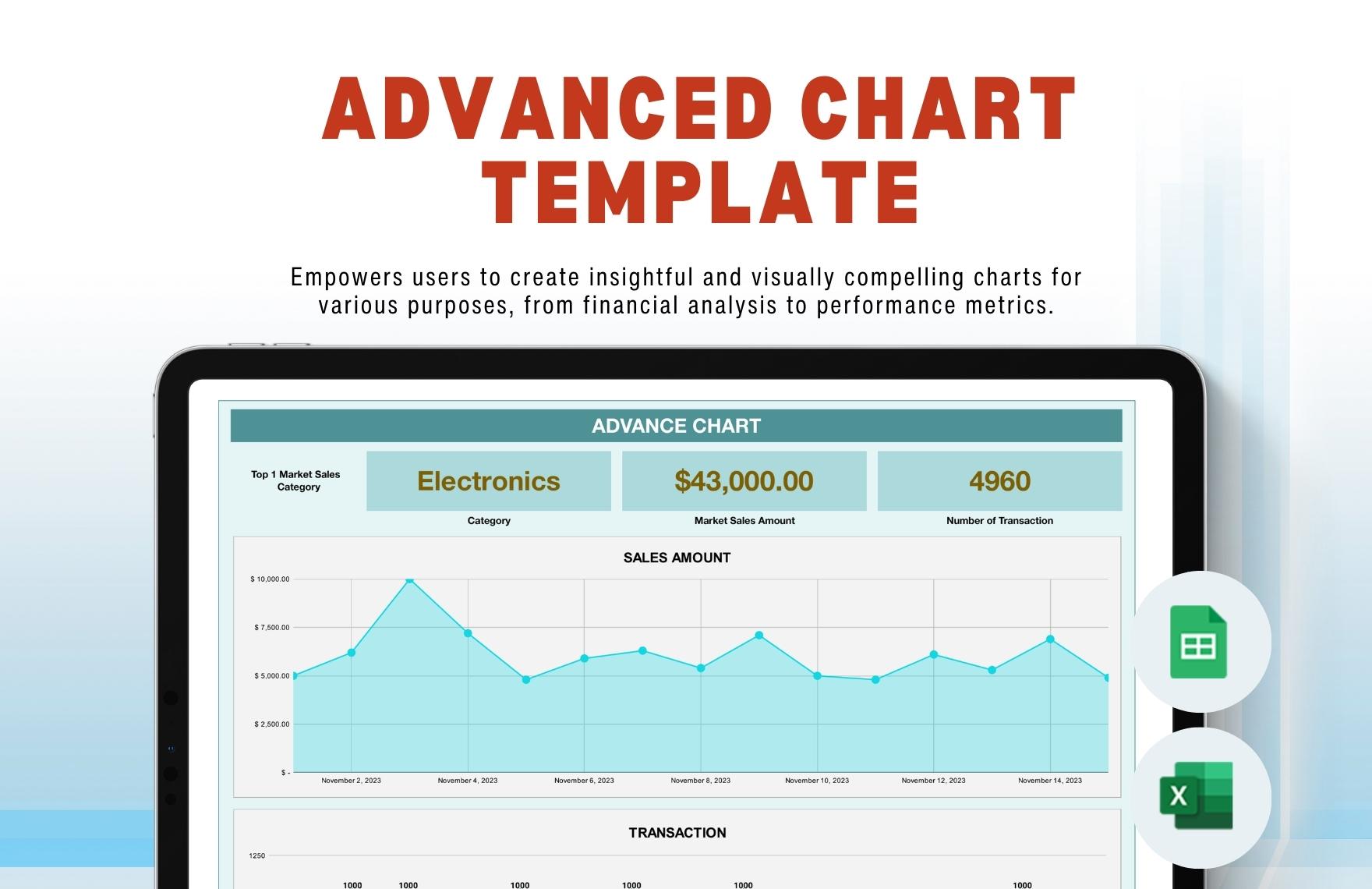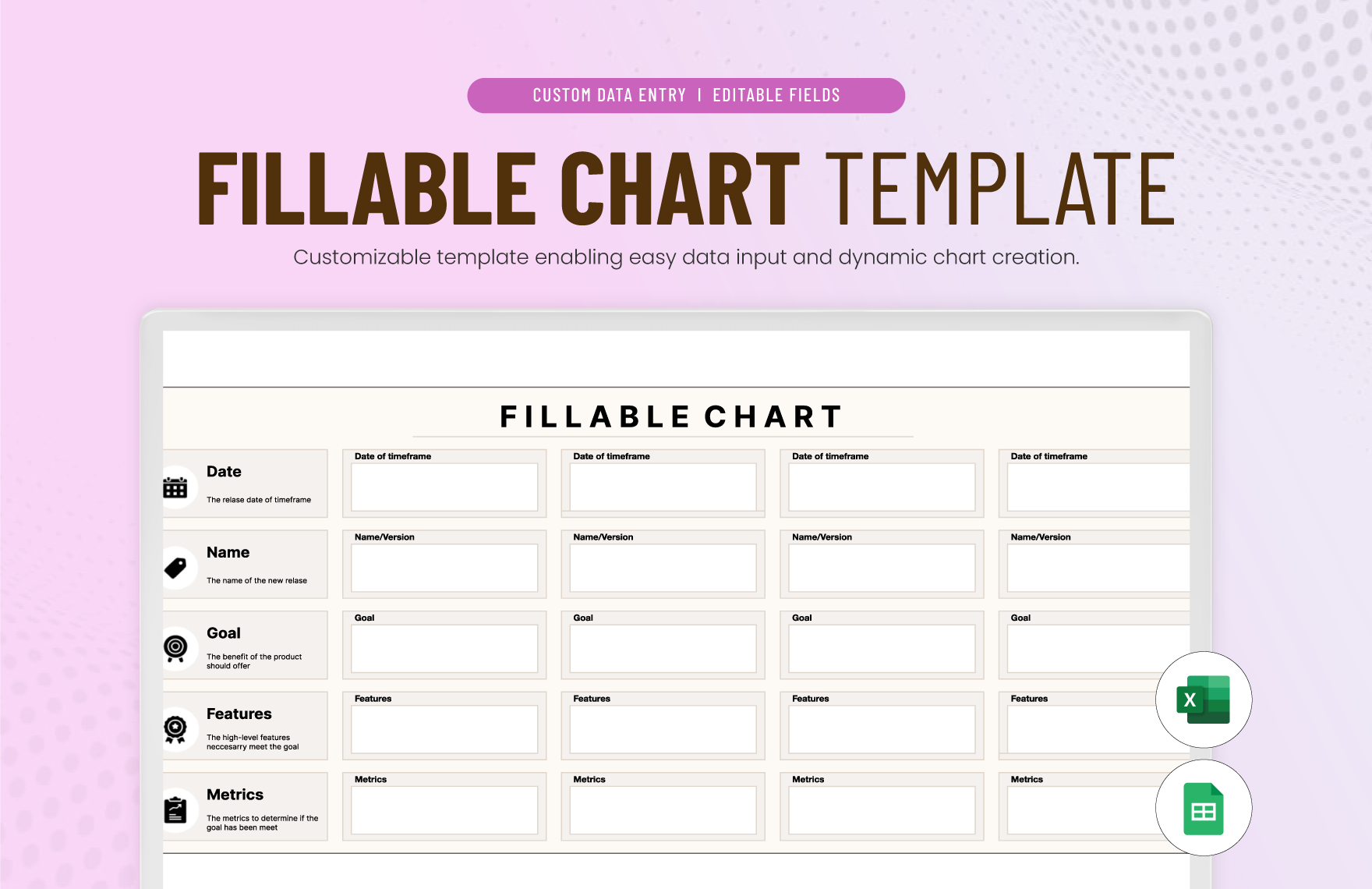Making Sense Of Your Data: Exploring The Remoteiot Display Chart Template
Have you ever felt swamped by data from your devices, wishing there was an easier way to see what's happening, you know, without a lot of extra work? It's a common feeling, especially when you're dealing with things that are far away. Getting a clear picture from all those numbers can sometimes feel like trying to find a specific piece of information in a very, very long email thread. That's where a good remoteiot display chart template really comes into its own, helping you to make sense of everything in a glance.
Think about how some smart tools help you summarize emails. They don't just pull out a few words; they get the actual meaning, what's important, and what you might need to act on. A remoteiot display chart template does something quite similar for your sensor readings. It takes all those individual data points from your devices, whether they're across the room or across the country, and turns them into something you can easily look at and understand, rather quickly.
This kind of template isn't just about showing numbers. It's about giving you a quick, organized view of your operations, letting you spot trends or issues much faster. It helps you manage your remote devices, almost like having a clear menu for all your data, making choices and decisions much simpler, you know, when you need them.
Table of Contents
- What Exactly is a Remote IoT Display Chart Template?
- Why You Really Need a Template for Your IoT Data
- Picking the Right Template: Things to Think About
- Setting Up Your Remote IoT Display: A Simple Walkthrough
- Benefits Beyond Just Seeing Data
- Making It Work with Your Everyday Tasks
- Frequently Asked Questions About Remote IoT Display Charts
What Exactly is a Remote IoT Display Chart Template?
A remoteiot display chart template is, basically, a ready-made layout for showing information that comes from devices connected to the internet, but located somewhere else. Imagine you have sensors in a faraway factory or on a farm, collecting all sorts of readings like temperature, humidity, or machine status. This template provides the structure to turn those raw numbers into easy-to-read graphs and charts, you know, on a screen.
It's not just a blank page; it often comes with pre-set sections for different types of data, color schemes, and ways to arrange your information so it's clear and useful. For example, it might have a line graph for temperature over time, a bar chart for device uptime, or a gauge showing current pressure levels. This means you don't have to build everything from scratch every single time, which is pretty handy, actually.
These templates are designed to be adaptable, so you can connect them to various IoT platforms and bring in your specific data. They help you visualize what's happening with your equipment or environment, no matter where it is, almost like having a control panel that's always available, in a way.
Why You Really Need a Template for Your IoT Data
Using a remoteiot display chart template brings a lot of good things to the table, you know, especially when you're dealing with lots of data. First off, it saves you a ton of time. Building custom dashboards from the ground up can take hours, even days, of design and coding. A template lets you jump straight to connecting your data and seeing results, which is rather nice.
Secondly, it helps keep things looking consistent. When all your dashboards use the same template, they're easier to understand, no matter who is looking at them. This means less confusion and quicker decision-making for everyone on your team, basically.
Then there's the clarity factor. Just like how a well-organized pizza menu helps you quickly find the perfect slice from a huge list of options, a good template organizes your data in a logical, visual way. It highlights what's important, making it simple to spot issues or trends that might otherwise get lost in a sea of numbers, you know, pretty easily.
Finally, these templates often come with features that make your data more interactive. You might be able to filter by date, zoom in on specific periods, or compare different data points side-by-side. This gives you a much deeper insight into what your remote devices are doing, helping you to act smarter, actually.
Picking the Right Template: Things to Think About
Choosing the best remoteiot display chart template for your needs involves a few important considerations. You don't just want any template; you want one that truly fits what you're trying to achieve. First, think about the kind of data you're collecting. Are you tracking temperatures, energy consumption, machine uptime, or something else entirely? The template should be able to show this specific type of information clearly, you know, without a lot of fuss.
Next, consider how many devices you have and how much data they generate. Some templates are great for a few sensors, while others are built to handle hundreds or even thousands of data streams. You want something that can scale with your project, so you don't outgrow it too quickly, basically.
Ease of use is another big one. Can you easily connect your IoT platform to the template? Does it require a lot of technical know-how to set up and customize? Look for something that's user-friendly, allowing you to get up and running without needing a computer science degree, in a way. This is a bit like how some email summary tools are super simple to use, just paste your text and go, really.
Also, think about the visual style. Does it look clean and modern? Is it easy on the eyes? A well-designed template makes data consumption a much more pleasant experience. Finally, check if it offers the types of charts you need – line graphs, bar charts, pie charts, gauges, and so on. Having the right visual tools makes all the difference in how well you understand your data, you know, pretty much.
Setting Up Your Remote IoT Display: A Simple Walkthrough
Getting your remoteiot display chart template up and running doesn't have to be a big, complicated task. It's actually quite straightforward once you know the steps. First, you'll pick your template. This might be from a specific IoT platform's library, a third-party dashboard service, or even an open-source option. Just make sure it aligns with your data and what you want to see, you know, pretty much.
Once you have your template, the next step is connecting your data source. This usually means linking your IoT devices or your IoT platform to the dashboard service. Most templates will have clear instructions on how to do this, often involving API keys or specific data connectors. It's a bit like choosing the content type for an AI summary tool; you tell it where the information is coming from, basically.
After the connection is made, you'll start mapping your data to the charts. For example, you'll tell the template that the "temperature" reading from your sensor should go into the "temperature line graph." You might choose colors, labels, and ranges for each chart to make it as clear as possible. This is where you really start to see your raw numbers turn into meaningful visuals, in a way.
Finally, you'll arrange your charts on the display. You can move them around, resize them, and organize them in a way that makes the most sense for you. Maybe you want all your critical alerts at the top, or all your environmental data grouped together. Once everything looks good, you can then share your dashboard or access it from anywhere, keeping an eye on your remote devices with ease, you know, pretty much all the time.
Benefits Beyond Just Seeing Data
The advantages of using a remoteiot display chart template go far beyond just looking at numbers on a screen. One big benefit is that it helps you make better decisions, faster. When you have a clear, real-time view of your remote operations, you can spot problems as they happen, or even before they become major issues. This means you can react quickly, saving time, money, and maybe even preventing bigger headaches, actually.
It also helps with efficiency. Think about how AI email assistants can summarize conversations and even suggest replies, streamlining your workflow. A good IoT dashboard template does something similar for your operational data. It organizes information so effectively that you spend less time sifting through raw data and more time acting on insights. This frees up your team to focus on more important tasks, you know, pretty much.
Another great thing is improved collaboration. When everyone on your team has access to the same, easy-to-understand dashboard, it's much simpler to talk about what's happening. There's less chance of misunderstandings because everyone is looking at the same clear picture. This fosters a more informed and connected team, which is rather good, you know.
Moreover, these templates often help with historical analysis. You can look back at past data to identify trends, understand performance over time, and even predict future outcomes. This kind of insight is invaluable for planning and continuous improvement, allowing you to refine your processes and optimize your remote operations, in a way that truly helps, really.
Making It Work with Your Everyday Tasks
Integrating a remoteiot display chart template into your daily work life can really smooth things out. Just like how tools can automatically get concise email summaries in Slack, making your email management easier, a well-chosen template helps you integrate data insights right into your routine. You can set up alerts based on your charts, so if a sensor reading goes outside a normal range, you get a notification immediately, you know, pretty quickly.
This means you don't have to constantly stare at the dashboard. The system can tell you when something needs your attention. This is a bit like having an assistant that flags the important emails for you, so you can focus on other things, more or less, until something critical pops up.
Also, many of these templates allow for easy sharing. You can create reports from your charts or share live links with colleagues or stakeholders. This makes it simple to keep everyone in the loop about the status of your remote devices and projects. It's a very effective way to communicate complex information in a simple, visual format, actually.
Whether you're a busy professional managing several remote sites, a student working on a research project with sensors, or someone just looking to monitor their home automation, a remoteiot display chart template can streamline your workflow. It helps you stay informed and proactive, ensuring that your remote operations run smoothly and efficiently, you know, pretty much all the time. Learn more about data visualization techniques on our site, and explore other helpful resources on IoT solutions.
Frequently Asked Questions About Remote IoT Display Charts
What exactly is a remote IoT display chart template?
A remoteiot display chart template is a pre-designed layout or framework that helps you show data from devices located far away in an easy-to-understand visual format. It turns raw numbers from sensors into charts and graphs, making it simpler to monitor and analyze what's happening with your remote equipment or environment, you know, pretty quickly.
How can I easily visualize data from my remote IoT devices?
To easily visualize data from your remote IoT devices, you typically use an IoT platform or a dedicated dashboard service. You connect your devices to this platform, which then collects the data. Then, you can apply a remoteiot display chart template to automatically organize and display that data in various charts, like line graphs or bar charts, making it very, very simple to see trends and issues.
What are the main advantages of using a template for IoT data dashboards?
Using a template for IoT data dashboards offers several key advantages. It saves a lot of time because you don't have to design everything from scratch. It also ensures a consistent look and feel across all your dashboards, which makes them easier for everyone to understand. Plus, templates often come with built-in features for interactivity and data organization, helping you get deeper insights and make quicker decisions, you know, pretty much all the time.

Seating Chart Template in Excel, Google Sheets - Download | Template.net

Activity Relationship Chart Template in Excel, Google Sheets - Download

Activity Relationship Chart Template in Excel, Google Sheets - Download